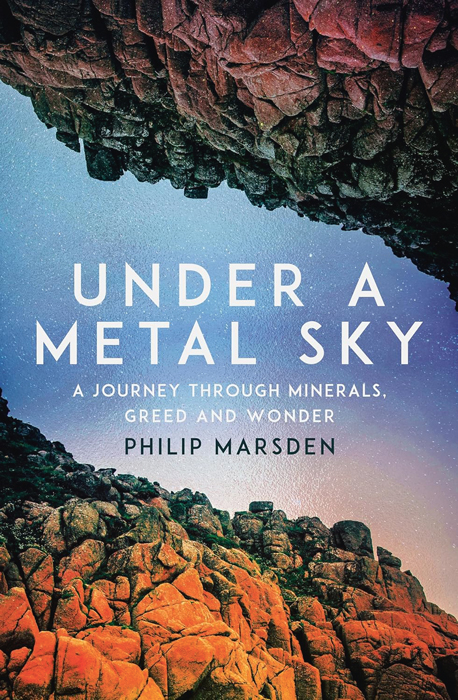I’ve spent the last few years researching and travelling for a book about rocks and metals. It’s driven by the notion that what we discovered in the ground beneath our feet has altered our species forever. At a time when we are – or should be – reappraising the way we have plundered natural resources, it seemed a rich seam to chase.
Early on, I came across a paragraph in The Forge and the Crucible, Mircea Eliade’s classic study of metallurgy in traditional society. In it he proposes an astonishing idea – that “the imaginary world. . . came into being through the discovery of metals”. The production of metals, he suggests, was more than a functional process. It was revelation. And it stemmed from the impact of a single moment, the miracle in a furnace, when shining metals first trickle from dull rock.
- Climate anxiety: What is it and how can you cope?
- Ex-miners who took part in 1984 strike return to picket line at National Coal Mining Museum
Among people with animistic beliefs, the Earth was already a living thing – trees and stones were all part of the same organic sphere as humans. Metallurgy elaborated the idea and gave rise to the widespread conviction that in the soil was a womb-like space where substances gestated. Base metals like lead and iron were engaged in a series of alterations towards perfection, towards gold. That in itself encouraged the quest to discover and replicate those processes. Over time the techniques grew more intricate. For some the quest was borne of reverence, for others of greed. In Europe it became known by its Arabic name, al-kimiya,or alchemy.
Alchemists always tended towards being figures of fun, but historians now recognise that they gave rise to the Scientific Revolution. In their idealism remains a view of nature that is more and more relevant for our own troubled age. They took a moment – the emergence of metal – and built from it a belief system, an entire discipline of applied enquiry, driven by awe and the conviction that the world around us is a place of marvels, a store of hidden powers waiting to be uncovered.
Those powers were transformative. It all started with copper, continued with tin and iron, and went on through the periodic table. Rocks that were just rocks in one era became essential stuff for the next. The ground revealed itself a cache of magical substances, and metals were the real prize. Ploughshares and knives, money and nails, lunulae and torcs, axes and mattocks, hair clips, belt buckles, armour and goblets, ships’ hulls and aircraft fuselages, electric cables and semiconductors, nanochips, superconductive materials, lithium-ion batteries.
Get the latest news and insight into how the Big Issue magazine is made by signing up for the Inside Big Issue newsletter










